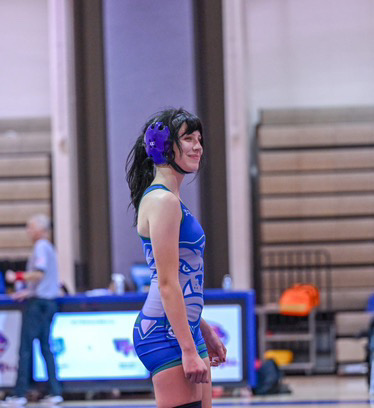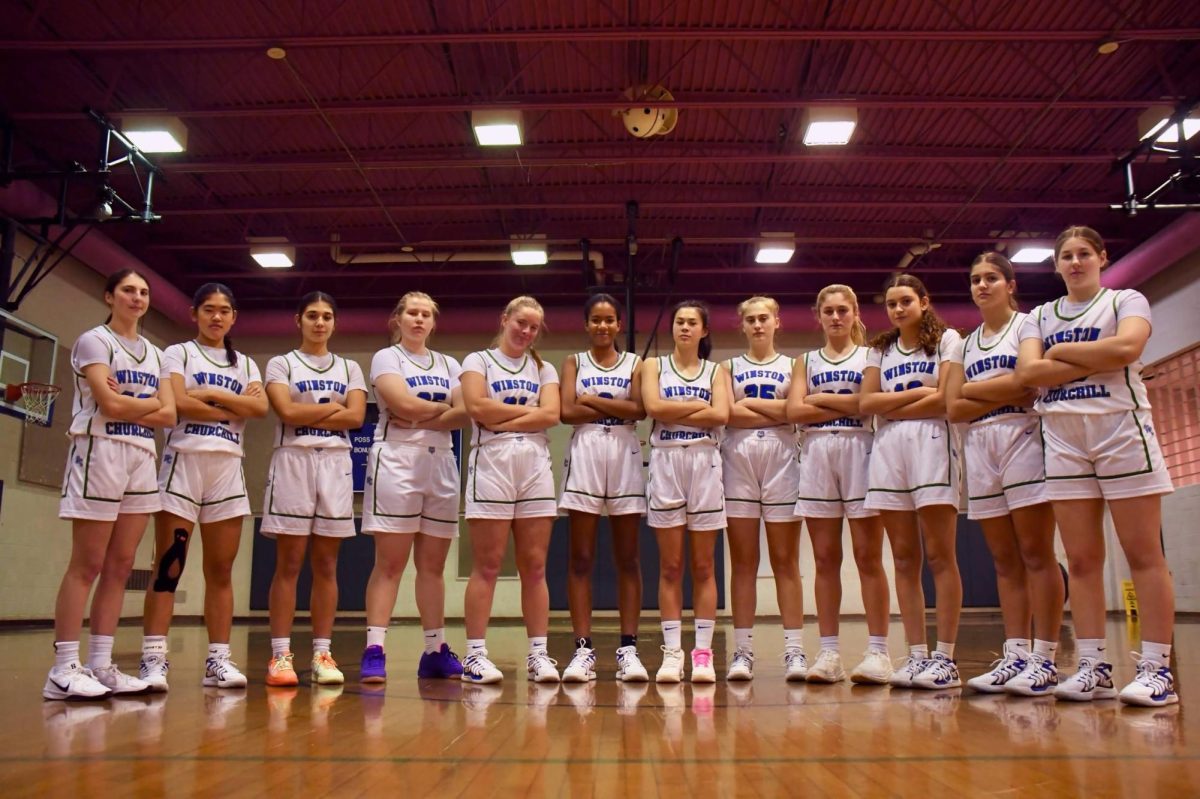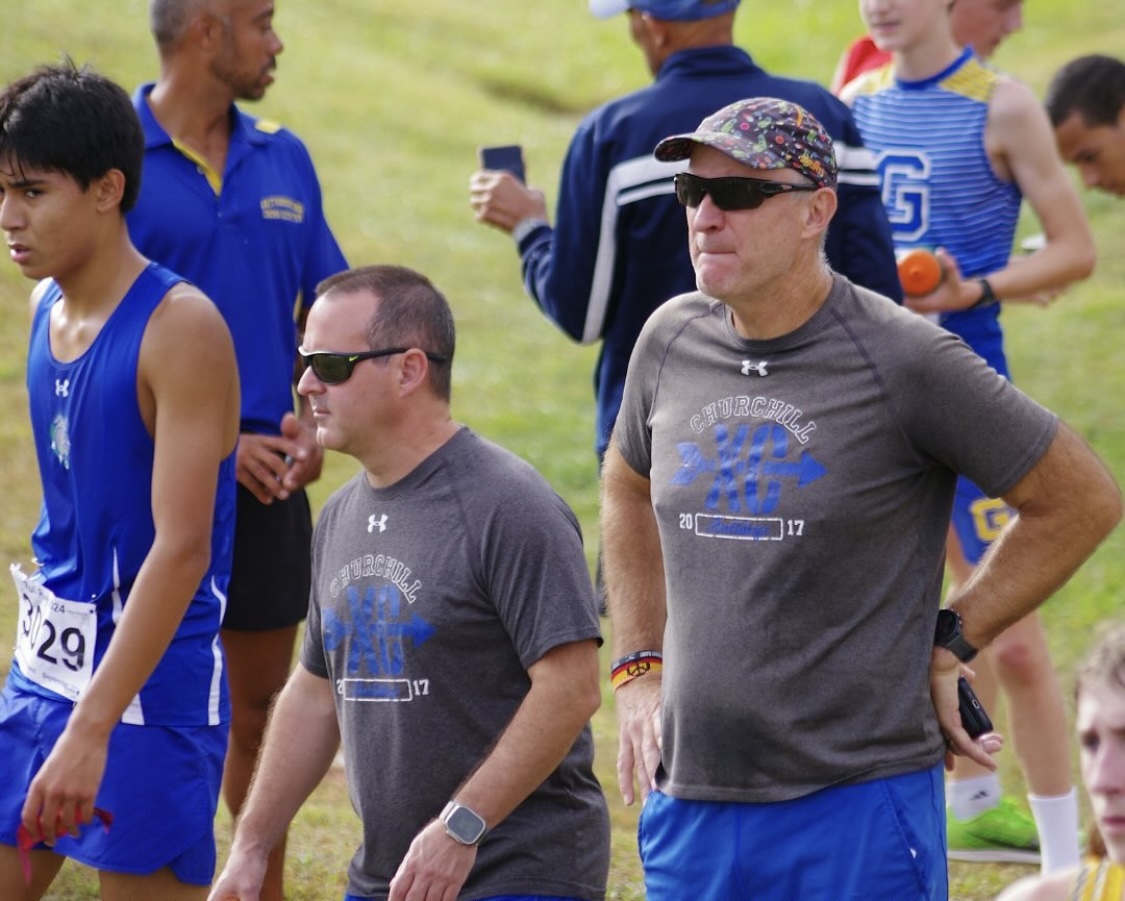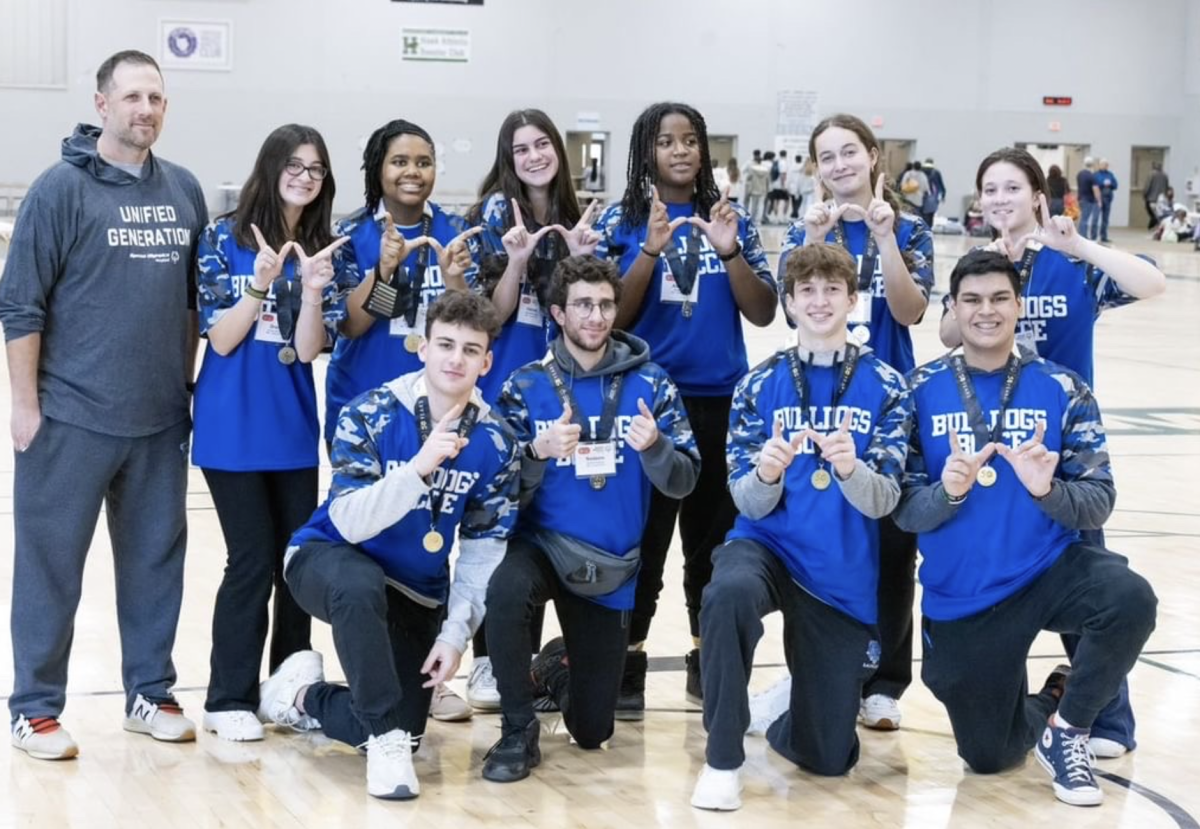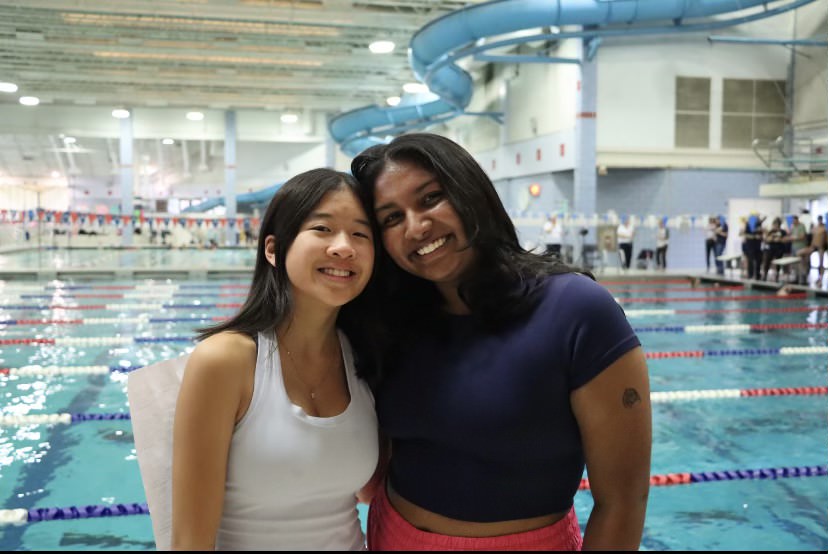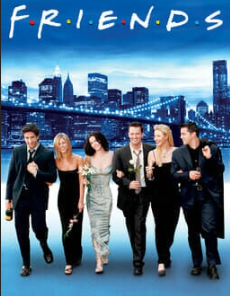One on one, in a cacophony of clanks and slashes, sabers bounce off of each other as the two warriors try to get an edge over their opponent. With a quick twist of the torso and a thrust of the arm, the long metallic point strikes a body and the crowd cheers. This isn’t a scene out of Zorro, but a fencing competition among the best fencers in the country.
Junior Jonathan “J.D.” Schwartzman is one of these fencers and is currently ranked 14th in the nation for the youth 17-age division.
“I like fencing because it’s both offense and defense at the same time,” Schwartzman said. “In fencing, even if you are going forward and have the attack, the other person can hit you. It’s like chess: it all has to do with strategy.”
Schwartzman started fencing when he was 6 and- a-half years old, after his parents introduced him to it. His parents were interested in the sport after watching the TV show The Tudors and going on a vacation where they fenced.
“I loved the sport, and I thought he would love to play the sport because he loved playing with swords, and he was a really fast and quick kid,” said Schwartzman’s mother, Karen. “I thought it would be a cool idea for him to give it a try.”
In Schwartzman’s first regional fencing competition as 7-year-old, he placed 37 out of 45 competitors, but by the time he was 9, he had grown to be the best fencer in the region. Later, at 11, he fenced in the youth 14 age division of national tournaments called NACs (North American Cups). Schwartzman earned a silver medal in the youth 14-division, and his team won gold overall.
Schwartzman fenced in the youth 17-age group as a 15-year-old and placed 7th at NACs. Today, he is an A rated fencer, which is equivalent to a black belt in karate. Only two to three percent of the fencing population in the US is ranked in the A group.
“A punkish attitude is what a person needs to win, and JD has that,” said Schwartzman’s fencing coach. “In a one-on-one sport, it has to do a lot with exerting your will over your opponent’s will, and not playing by the rules too much.”
According to Schwartzman, the two main factors of fencing are being quick and having great blade work. What he lacks in blade work he makes up for in his sheer quickness, speed, and counter attacks. Counter attacks are similar to dodging bullets except instead of a bullet, he evades his opponent’s blade.
Sacks also believes that Schwartzman excels at distance control.
“It’s his quickness that made him a competitive fencer at first,” Sacks said. “What makes him an exceptional fencer now is his sense of distance and his timing. JD understands distance within a fraction of an inch when his opponent is moving.”
Schwartzman plans on fencing in a few international tournaments this year and hopes to medal in one of these tournaments one day. Some of these tournaments will be held in Paris, France and Italy. Schwartzman also wants to be ranked on the Senior List, an adult age division in which Olympians often compete. In order for him to be ranked on the Senior List, Schwartzman must place top 32 in a D1 NAC, which is filled with the best adult fencers in the nation.
Although the Olympics could be promising for Schwartzman he does not want to become an Olympic fencer because it requires fencing all day, every day. The Olympic fencers today often do not go to college or have jobs because they focus solely on fencing. However, Schwartzman would like to fence in college one day.
“He has a ton of potential,” Sacks said. “It all depends on what he wants to put into it. Fencing at an Ivy League or other college is a very realistic goal for him.”




